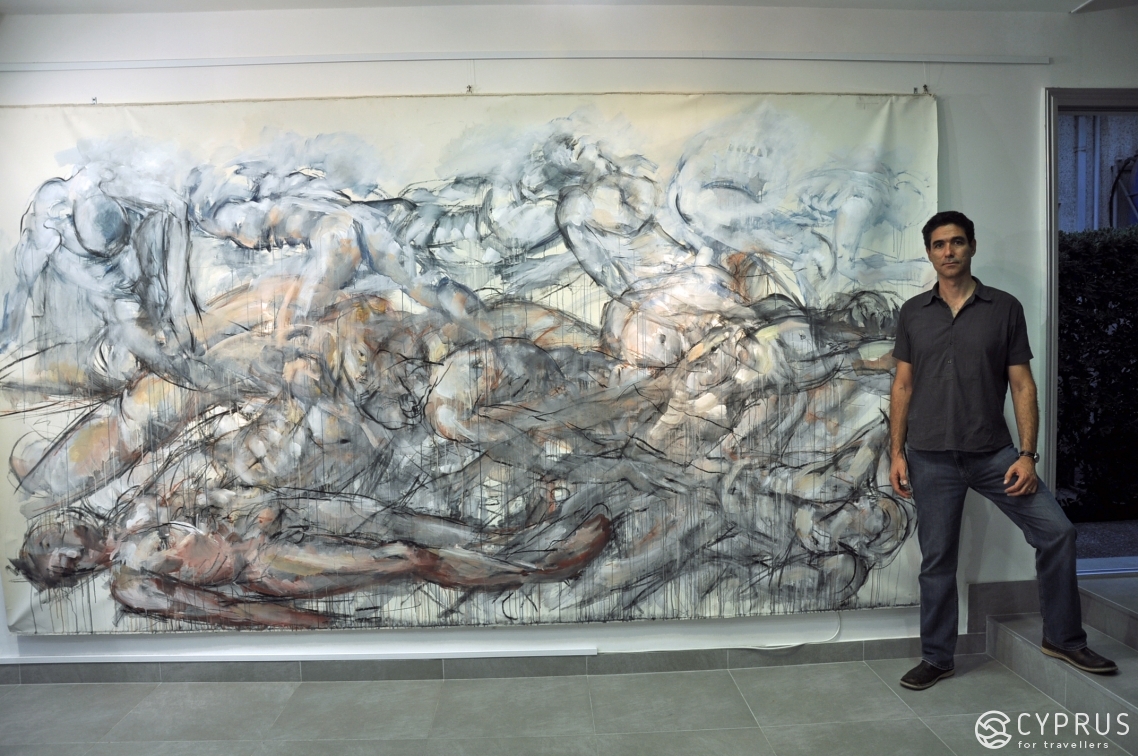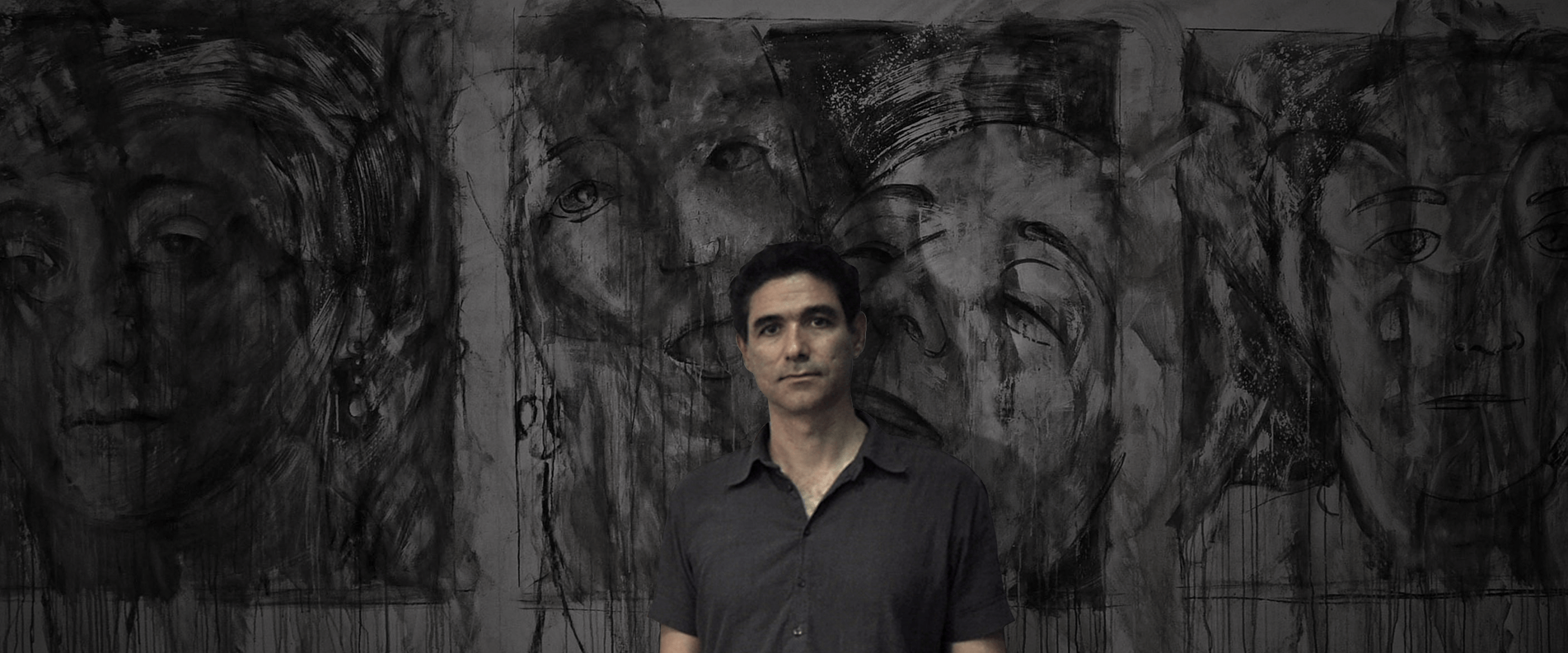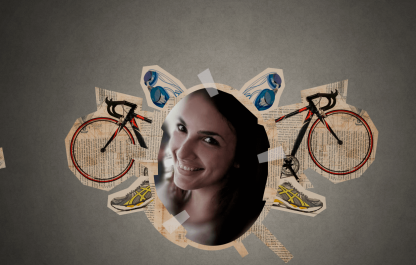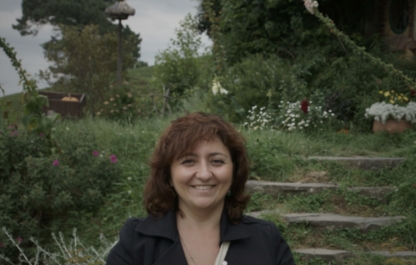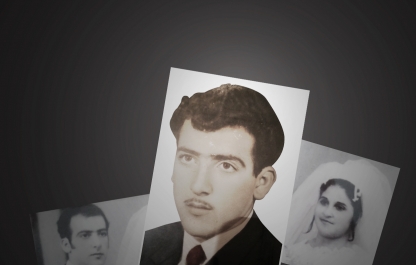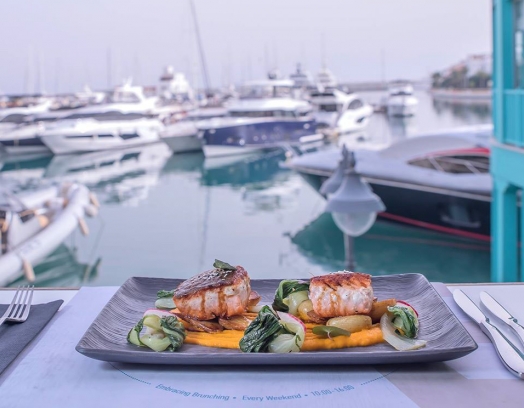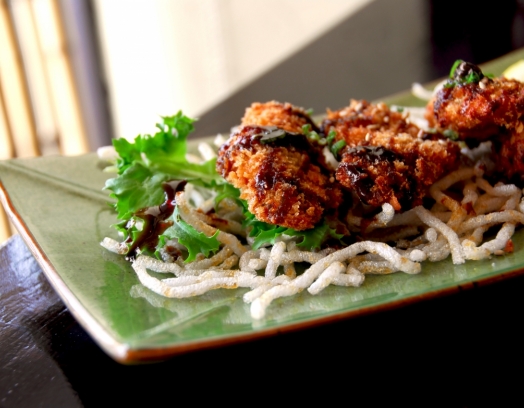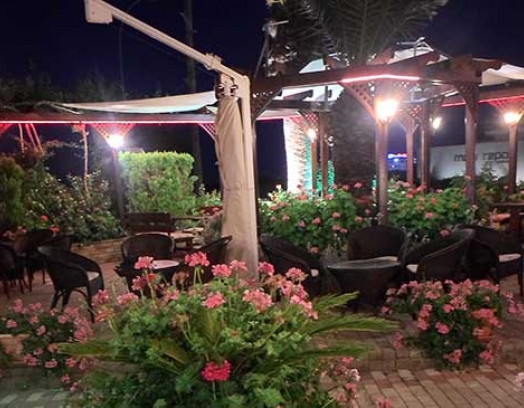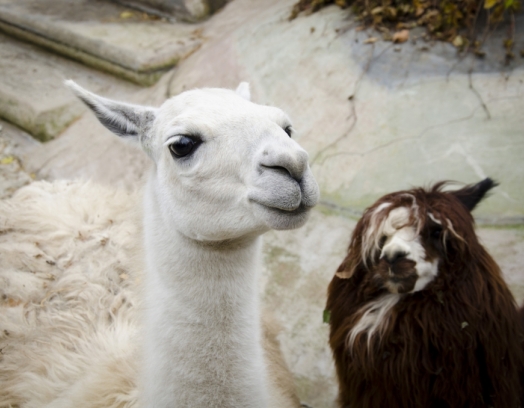Our guest for today is a famous artist in Cyprus and abroad, whose work is full of emotions. He is also the founder of an art studio in Nicosia, where he now teaches.
Country: Cyprus
-
I was born in Nicosia in 1961 and grew up there. Since I was a child I’ve always tries to explore the surrounding world and spend time outdoors. I was first very interested in biology, physics and other natural sciences. I liked studying microorganisms through a microscope and was extremely mesmerized by the process.
When I was in elementary school, I was actually pretty bad at drawing and couldn’t even draw a straight line. I remember we were asked as students to draw an elephant inside a cave. Mine just wouldn’t fit inside the cave no matter how hard I tried!
Technical drawing wasn’t any easier for me. But I was very sensitive to my surroundings and let them guide me, even though I was seriously considering studying science.
When I was 16 years old and done with my exams, I realized that I was being drawn towards something else. Yes, I was still interested in science and the experiments that it entailed, such as digging out roots, playing with the effects of light and others. All of this continued until my art teacher encouraged me to pursue my deep yearning for self-expression. As soon as I realized that I liked to draw, I became good it. I started practicing my skills on my own. Using nature for inspiration I would constantly pencil draw leaves, flowers, seeds, etc.
My mission was defined and I continued to study painting at an art school, and then at the Academy of Fine Arts in Prague. I did well on my entrance exams and was accepted at a university in London and at the same time received a government grant to study in Prague. It was something completely new and difficult for me: a country and a language that I didn’t know at all. It was all an adventure, because everything was so different from Cyprus. It was very tough at first: the mentality was very different and the academic setting was very challenging (compared to Cyprus). Nevertheless, it was a great experience: both my studies at the academy and my exposure to underground art and its experimental and expressionist forms.
Can I recall any fun memories? I remember when I was a student, I liked to draw with coal — it’s very expressive. I was a smoker back then too, but quit after coming to appreciate life and health a little more. So back then I would draw with a stick of coal in one hand and a cigarette in the other and I would frequently get confused and try to take a drag of the coal, or paint with my cigarette. It was quite hilarious!
Here is another one: once in a while when I was working on a painting, I would accidently dip my brush in a cup of coffee instead of the nearby glass of water.
My main motivation is to live a life surrounded by art. But art needs to be honest and original. It needs to come directly from the artist and be inspired by and inspire society and the artist him or herself. It has to be a clear reflection of who we really are. Otherwise, it is not art, but merely decor.
I was also very sensitive to social events, because I understood that real life was different from what I had imagined it to be and one’s path is not lined with roses. I began to ask big questions — a process that quickly found its reflection in my art, which became more figurative and focused on man and his dramatic life filled with joy and sorrow.
I began to study the human body and its elements. I’ve always been drawn to the world inside us. Design and visual paths turned out to be connected to academic art and expressionism. Neo expressionism, which was popular in Europe at the time (especially in central Europe) was a good school for me (I was inspired by Georg Baselitz and Gerhard Richter).
This is how my art was shaped and this is when it began to tend towards abstraction, without being abstract in essence. So, for example, the human figure has always been an important part of an academic composition. It often takes up the entire canvas. Its essence is struggle. Life is endowed with meaning after we face and overcome problems, such as immigration (an allegory of our own existence: we feel connected to a certain place, which is actually a false notion). I lived through that myself when as a teenager I experienced the 1974 war. These events became part of my subconscious and continued to impact my art.
Later I turned toward a spiritual aspect of life. I began to study the Bible, wanting to feel closer to the Creator. I was looking for a special kind of understanding of the meaning of life. I started studying ancient Greek and Cypriot texts.
You asked what I think about the human body as a whole. Let me use this example: imagine that you are walking down the beach, collecting seashells. This entire experience (the sea, the air, the cliffs and the sun) can be portrayed using human body and the way light changes and plays with its shape and lines.
I believe that man is a reflection of the Creator. Human qualities and ideas are that of a «sub-creator», so to speak. Our purpose in life is to reflect the personality of the Creator and the Universe.
At the same time it is always a struggle to understand the Divine that dwells in a perfect world. It is a very important trip.
This is how I started working on the «Insight» project. I began to play with words and meanings: when the «site» or the object comes «inside» meaning it reaches new depths like the Light. It illuminates the qualities and the virtues hidden inside each one of us. It was a very important thing for me: to turn towards the spiritual aspect of our being, using various media and techniques.
Then I worked on a joint project with Israel and Palestine: the fate of the divided Cyprus and the Bosnian war. All dramatic events and phenomena can be expressed using the human figure.
I once worked on a project about my father’s village, called Afania (which when translated from Greek means «a place of oblivion») that is located in the part of Cyprus occupied by Turkey — presently the occupied territories. When I was there I took some photographs of the ruins and other objects lost in time — an allegory of memory. Later on my mother was diagnosed with Alzheimer’s. So the new project was called «Mother memory», because I believe that without a mother, we lose our roots and become essentially nothing.
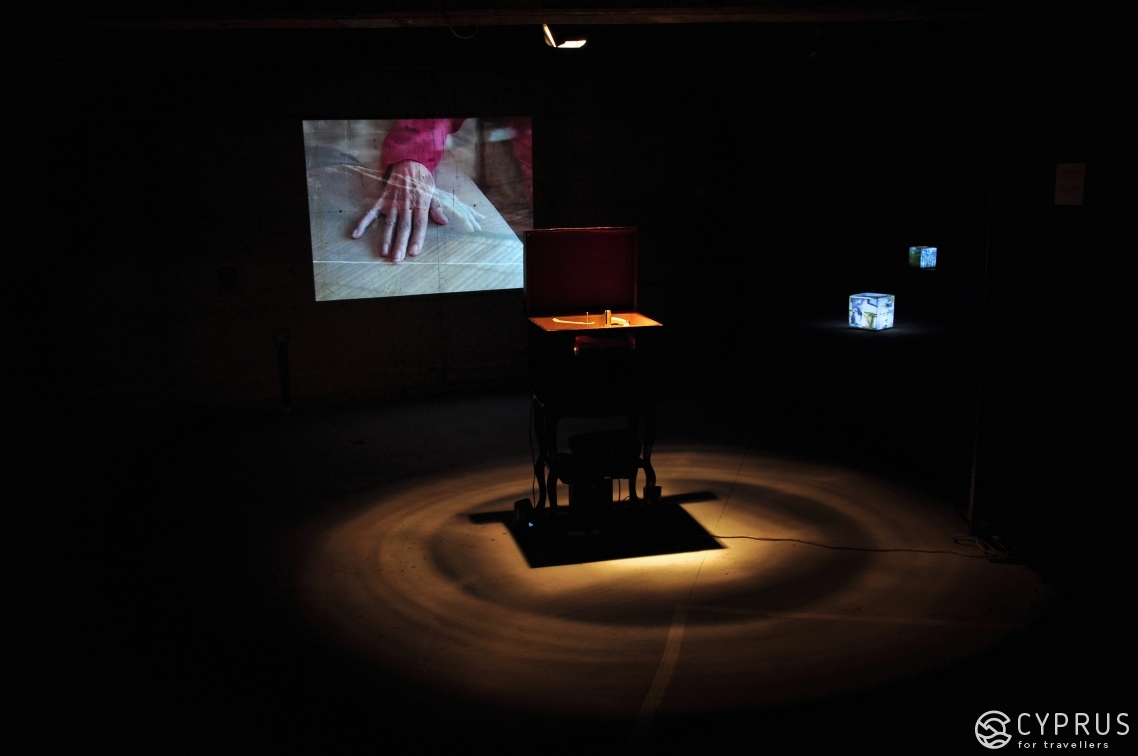
All of my previous projects were in some way an experiment with video art, photography and installations. They were a way to look at the above-mentioned subjects through art. My path and objective is a struggle that imitates the qualities of the Creator. I also seek to help others and support my family and to be an active peacekeeper or an active giver, which is certainly not the only way to be and interact with others.
You asked about my art studio on Ploutarchou 5. It is one of the manifestations of my personality. Even the space, as you can see, is very creative. Don’t you think? People of different ages come here to introduce themselves to art and to the beauty of the surrounding world. They also come to explore themselves through art lessons. We offer not only practical classes, but also seminars in art theory. We hold regular trips to museums and exhibitions and paint en plein air in Cyprus and abroad. My students are people from many different countries around the world (Cyprus, Russia, Israel, Ukraine, China, Hungary, Ireland, France, etc.) Our curriculum combines an academic foundation with contemporary, expressive techniques.
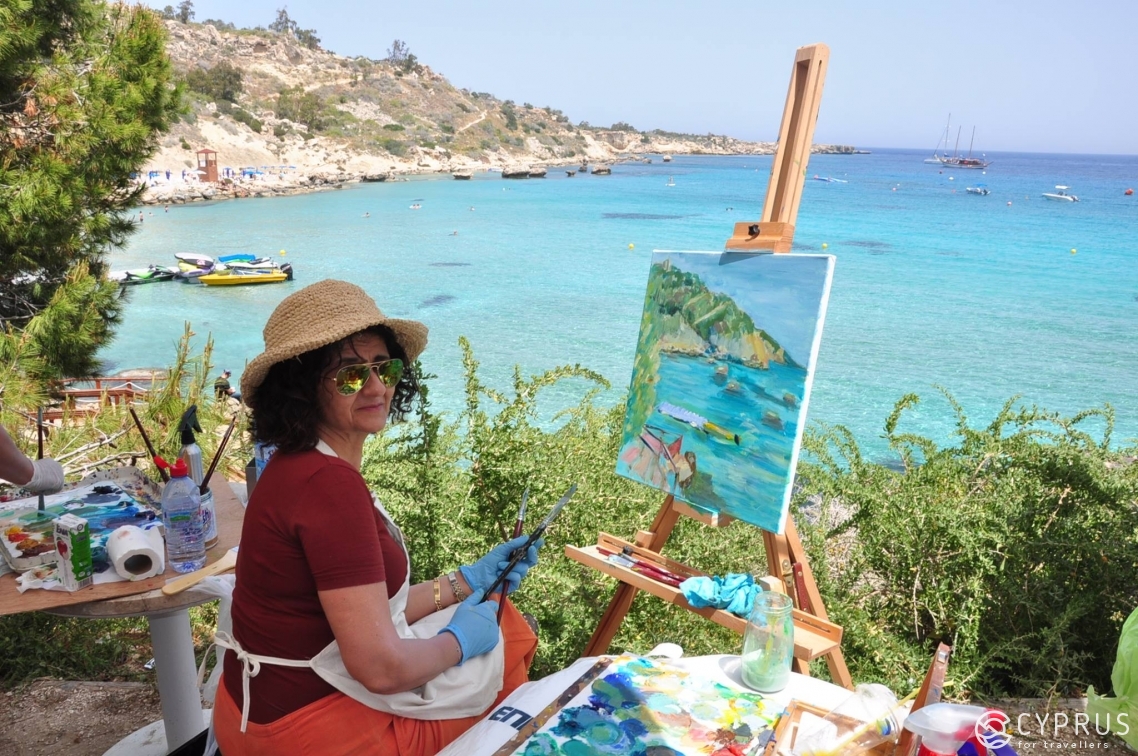
We learn to see what is hidden behind simple things. Take, for example, a still life painting: a pumpkin and a pitcher. Everything begins with a detail, with a feeling. To teach means to create! We have to experiment! For example, there was a time when I took myself very seriously. But as a teacher, I can’t be right 100% of the time. My students like that.
Once in a while I become interested in a certain idea, but I never know whether it will work or not. This is why I say to myself: try these materials and we’ll see what comes out of it. I learn every time I try something new. The same thing happens during my art classes, when I am teaching others. I have 10 students at the moment, who focus on a task that I give to them. Each time the results are unpredictable.
When we talk about art, we talk about Life and biology. A child is basically made from a simple shape that is almost like a sphere. This gives us an understanding of who we are.
This concept works in human relations too. This is why teaching should not only be about «creating artists» (this is just a label), but doing something bigger.
I think that music is an indispensable part of being a visual artist. It may have to do with the fact that I come from a family of musicians and music has always had a strong influence on my art. I have a series of works based on musical compositions. Also, I once had an exhibition with live piano music, which was really like a concert, where each music piece went together with a separate work of art. The lights would go off and amidst complete darkness a beam of light would shine onto a specific painting followed by live piano music.
I have several works inspired by specific music pieces by Dvorak, Bach and Chopin, where each of the depicted figures reflects a specific human emotion.
I don’t consider myself a typical Cypriot. Like I said, when I was an adolescent I witnessed the events of 1974. This shaped my coming of age experience the same way that Cyprus nature, with its ochre, monochromatic and faded shades, had shaped me as an artist. Thus, my works are predominately monochromatic in color. Color is one of the biggest illusions of the natural world and each one of us sees it differently.
Cyprus is a country of very outgoing people. Sadly, I have noticed how with time many things in our life have become «mechanical». There is less spontaneity and more cold calculation. We have partly lost our inherent hospitality and understanding of friendship and openness.
You see Cypriots are not too disciplined. But they make up for that with their sincerity and openness. This is wonderful! But I think that we need to learn from others — the same way that other countries’ natives should learn something from us. And yet, despite any efforts, it’s hard not to notice that on a global level human relationships are falling apart and losing their purity.
Which countries do I like the most? My wife is Portuguese and we frequently visit her motherland. Portu is incredible and is one of the most impressive places I’ve been too. It’s very romantic and a great example of «wild» beauty that is manifested in its stone walls and the «singing» fishing boats and river.
I’ve been to many European countries, but Portugal is unique. It is surrounded by the Atlantic ocean on one side and Africa and Europe on the other. This gives it a one-of-a-kind personality. It is home to incredible and simple people.
Of course, I would love to go to China, for example. So far I have mostly traveled around the western world: USA, Europe…
My favorite time for a quick break is in the afternoon and early evening. I prefer to spend this time with a cup of tea or coffee, sitting on my balcony that overlooks a flower garden. I like to read spiritual literature and study the Bible. This gives me a sense of belonging. I like to then share my thoughts with my wife and friends.
If you are planning a trip to Cyprus, then you should definitely first try and learn some of its history. Not many people actually realize just how old our history is! A visit to the Archeological Museum in Nicosia is a must, if you do want to learn about this country and «meet» its past and ancient art face to face.
The numerous medieval Byzantine churches and chapels (particularly those located in the old, mountain villages) are also worth visiting.
Don’t forget to go down the traditional tourist way as well: enjoy the sea and the sun. But keep in mind that the swimming pool and even the beach are just a small part of what this island has to offer.
Protaras and Ayia Napa with its surrounding scenery are quite beautiful. Akamas, the northern landscapes and its monuments and the Kyrenia Mountains are simply breathtaking. And what about our valleys in the springtime? What can I say: we must continue to see and learn new things.
I wish your visitors to enjoy our multifaceted island and see as much of it as they can, especially because it is quite small and all the sightseeing spots are within relatively easy reach.
